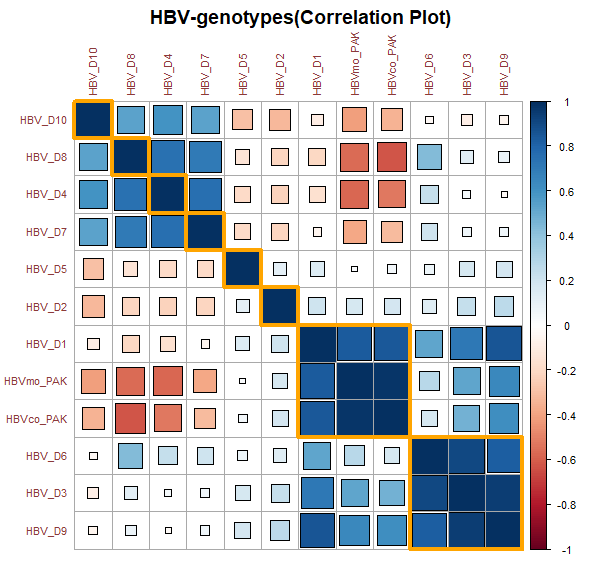Analysis of the HBV Small S Gene Partial Sequences and its Implications for Detection, Prevention and Treatment in Pakistani Patients
DOI:
https://doi.org/10.55627/mmc.001.01.0022Keywords:
Hepatitis B virus, Pakistan, small S gene, mutations, vaccine escape, drug resistanceAbstract
Hepatitis B virus (HBV) causes significant morbidity and mortality throughout the world, especially in developing countries. In Pakistan, the HBV infection rate is one of the highest in the world and about one third of infected population is co-infected with hepatitis C virus (HCV) and hepatitis D virus (HDV). In the present study, we isolated HBV from 49 HBV mono-infected and 25 HBV/HCV co-infected Pakistani patients and classified them based on the partial sequences of S gene. We further investigated mutations in these sequences that might result in the failure of hepatitis B surface antigen (HBsAg) detection, as well as vaccination and treatment failure. The D and D1 were identified as the most prevalent HBV genotype and sub-genotype respectively in Pakistani samples. The same genotype/sub-genotype pattern was observed for the HBV/HCV co-infected patients. We identified several mutations in small S gene, which are previously reported to have roles in HBV diagnosis and treatment. Especially, the sT127P mutant, previously known to be implicated in vaccine escape, was prevalent with 98 and 96% frequencies in HBV mono-infected and HBV/HCV co-infected patients respectively. The findings of current study have implications with respect to prevention, diagnosis, and treatment of HBV infections in the Pakistani population.

Downloads
Published
Issue
Section
License
Copyright (c) 2021 Ambreen Masroor Khokhar, Saeed Khan, Maria Zahid, Amanullah Lail, Bilal Ahmed Khan, Asif Iqbal Khan, Samina Baig, Shumaila NM Hanif, Hizbullah Khan, Asif Ullah, Amjad Khan

This work is licensed under a Creative Commons Attribution 4.0 International License.







